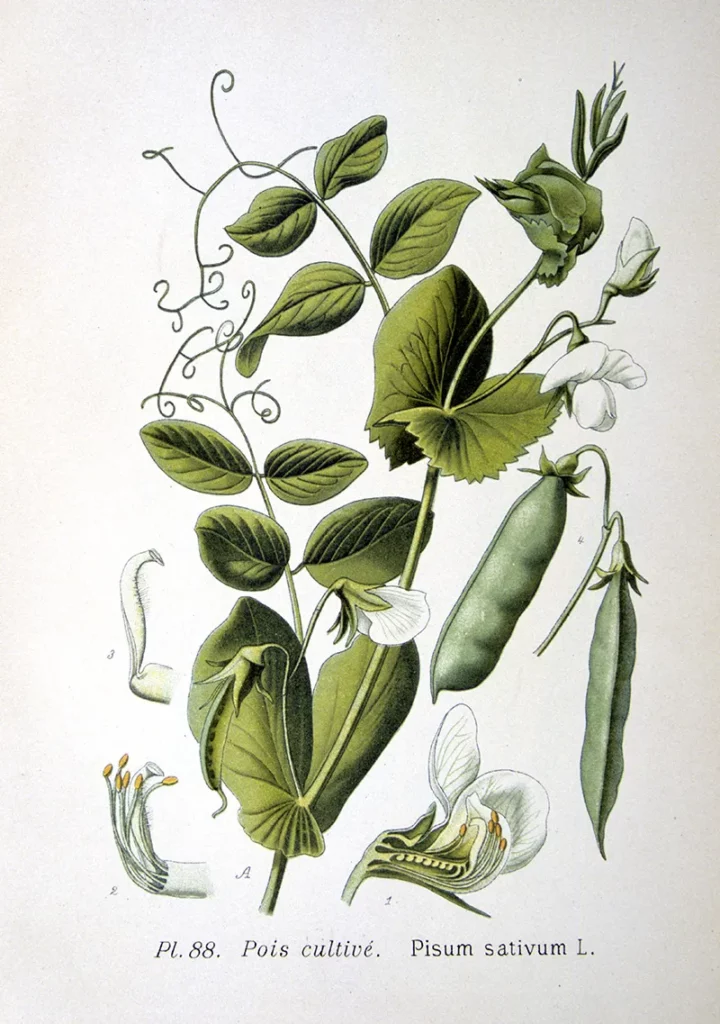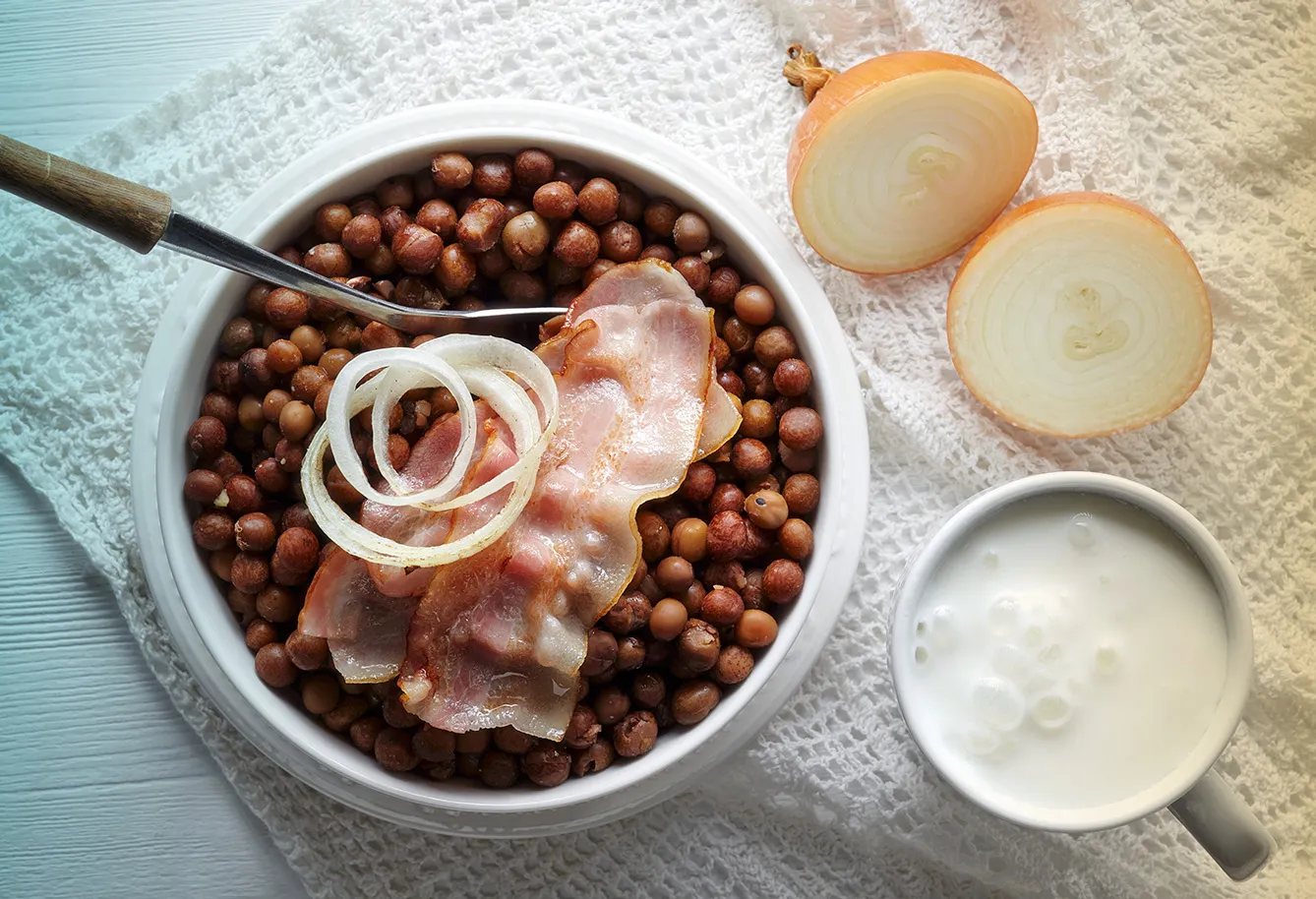
What came first – the pea or the potato? The latter arrived on what is now Latvian soil in the 17th century when international trade was booming due to the efforts of Duke Jacob Kettler, the ruler of the Duchy of Courland and Semigallia. Since then, the potato has become an absolute staple of the Latvian diet, infiltrating kitchens country-wide. The pea, however, was popular long before the potato became such a hit. For Latvian ancestors, the highly nutritious pulse was a key source of sustenance. But it is one particular variety – the big gray pea (Pisum Sativum L.) – that boasts the European Union’s Protected Designation of Origin (PDO) status. Let’s take a closer look at this Northern culinary delight.
Gray peas – endowed with special powers
You might expect the gray pea to be gray in color. However, it is, in fact, a grayish brown when dry and browner still when cooked. This round stone-like pea has a high protein content and is a reliable source of fiber, contributing to gut health by feeding the microorganisms that colonize our intestines. For this reason, some people deem it a “natural scrub” or “chimney sweep” for the intestine – a power that the potato cannot claim.
The “real deal” protected gray pea is of the Retrija variety and, along with the size and distinct visual features, will be recognized by the PDO sticker on its packaging. These can be harder to come by than smaller gray pea varieties but appear widely in the run-up to Christmas. According to Latvian folk beliefs, peas are one of at least nine foods that must be served as part of the festive meal. The saying goes that you must eat peas at Christmas to avoid tears and have plenty of money the following year.
A versatile ingredient for use in traditional and fusion cuisine
The classic gray pea recipe is fabulously simple. You fry up a bit of speķis – the local version of bacon and a relative of the Ukrainian salo – and onion and ladle the mix over a bowl of freshly boiled gray peas. This dish is particularly satisfying in the chilly winter months. Prefer plant-based cooking? Gray peas are also a versatile meat substitute. Mash them to make nourishing patties, pâtés, and fritters.
In a positive outcome of globalization, gray peas have also found their way into Middle Eastern recipes like hummus and falafel as a farm-to-table alternative to chickpeas in Latvia. One restaurant in Riga, Čau, specializes in contemporary local cuisine and serves gray-pea-powered, falafel-style wraps with seasonal condiments. Riga visitors should include this in their plans.
Practical tips on consuming gray peas
To lessen the “explosive effects” of consuming so much fiber, people often drink a glass of kefir or a similar fermented beverage along with their gray pea dish. Importantly, gray peas are soaked before cooking. Not only does this step lessen the lengthy boiling time, but it also eliminates most of the substances that the plant produces to protect itself from pests. These are not great for human consumption since they affect the absorption of beneficial minerals like calcium and iron. The water used for soaking should, therefore, not be used for boiling.







